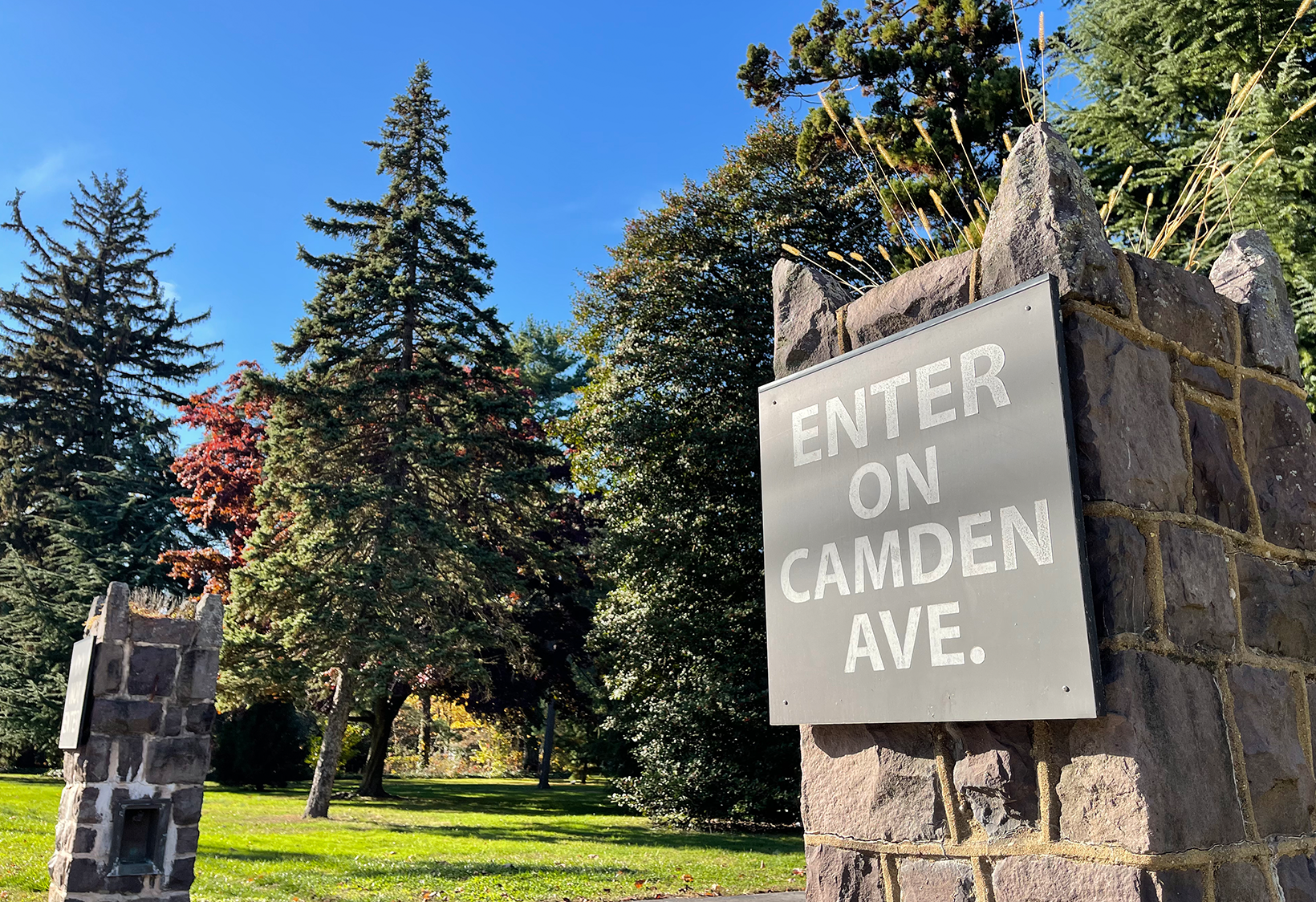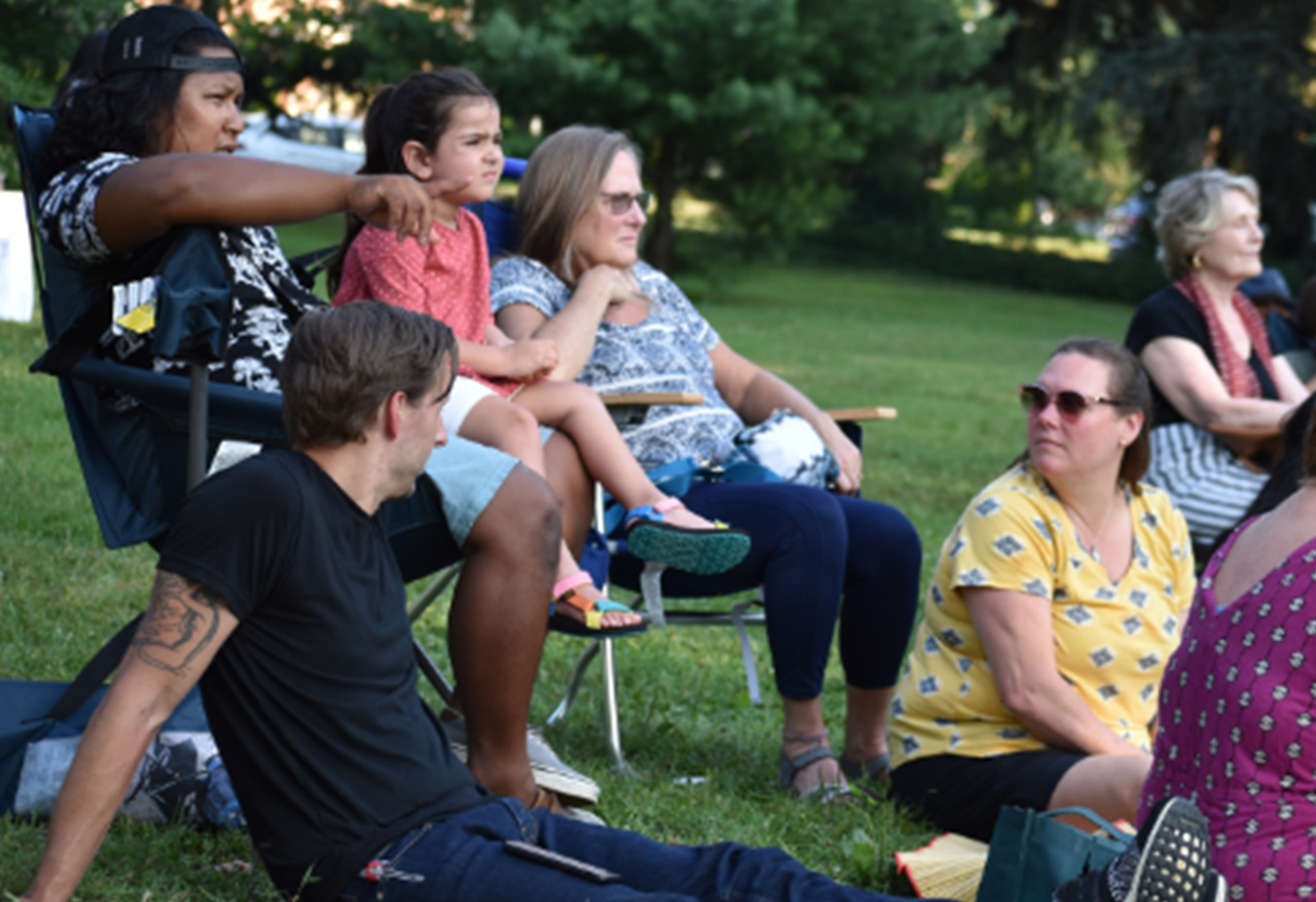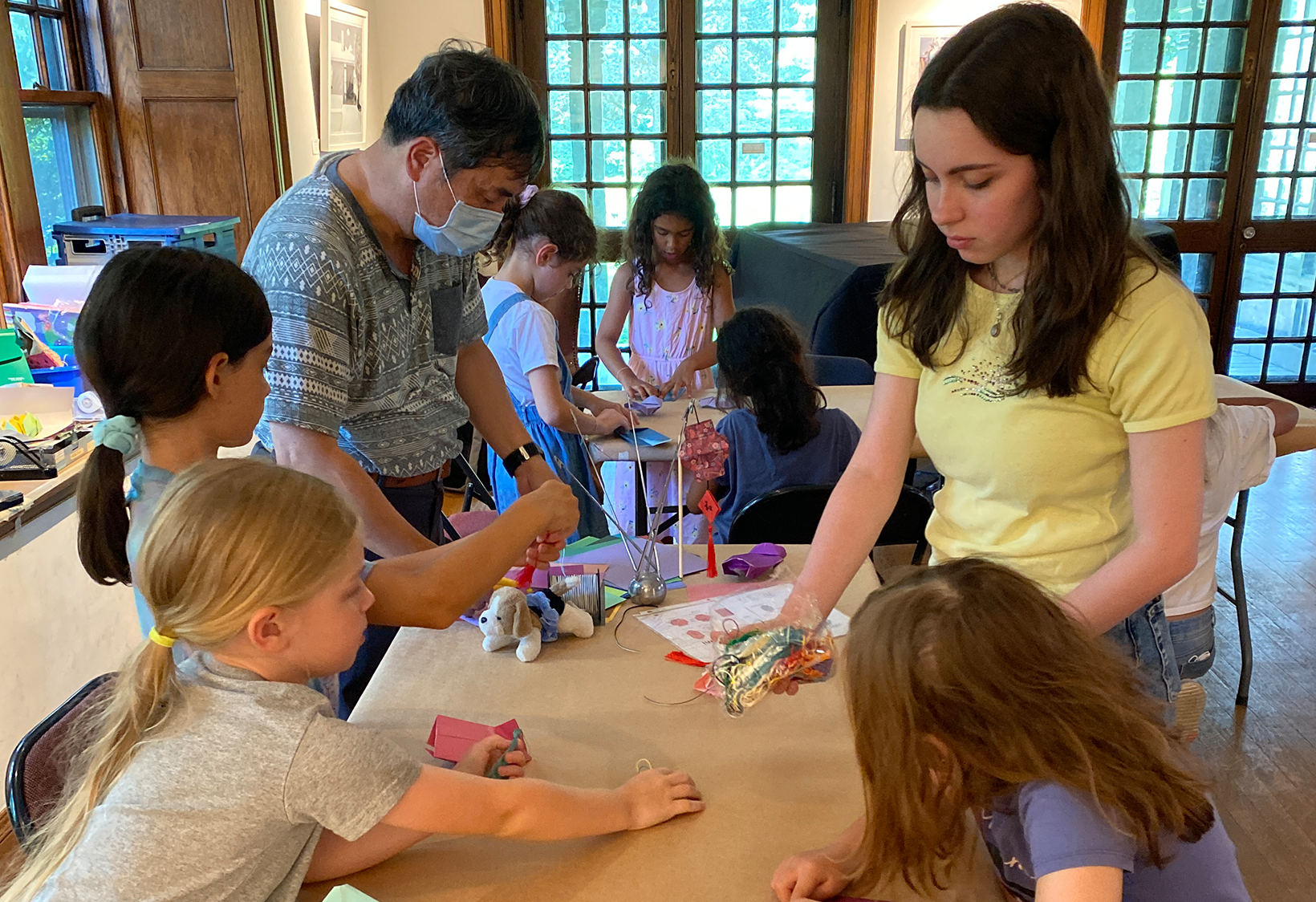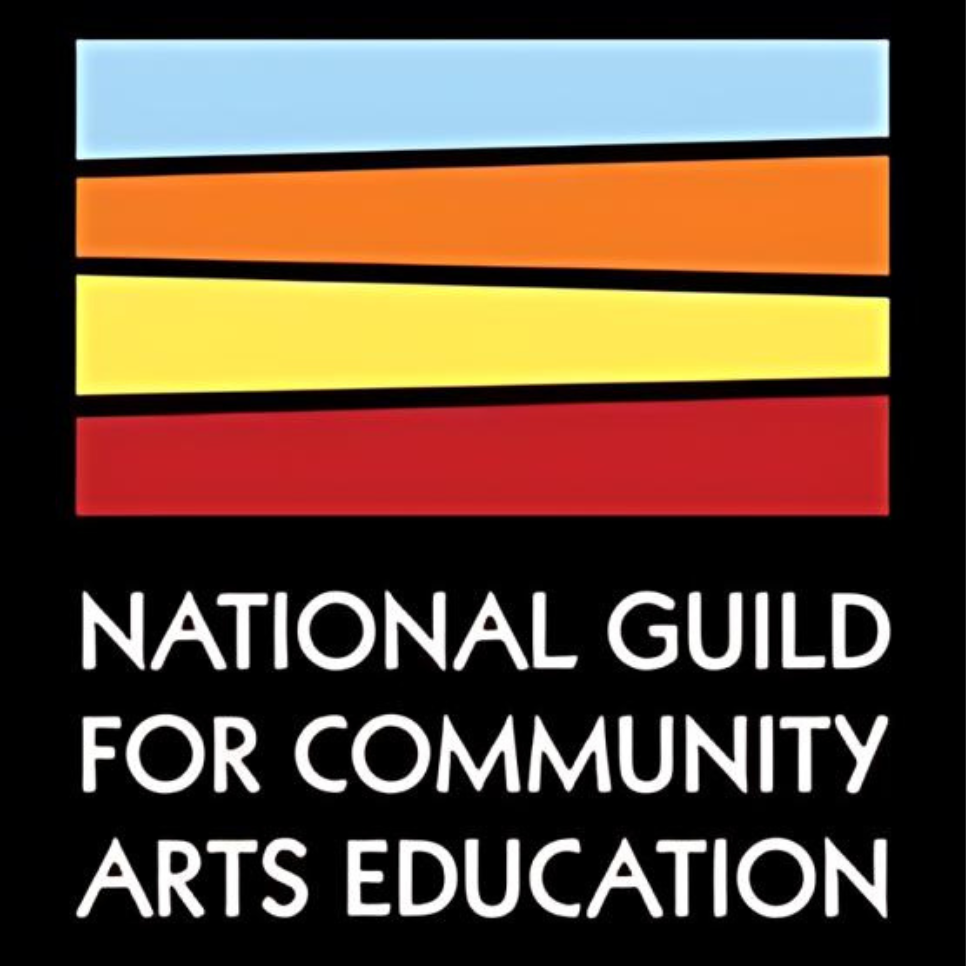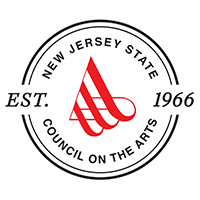The History of Perkins
NOTABLE DATES:
- 1910 Evergreen Lawn (395 Kings Highway, Moorestown) built as wedding gift to Dudley & Alice Sullivan Perkins
- 1964 Mabel Sullivan D’Olier purchases Evergreen Lawn from the estate of Dudley Jr. upon his death
- 1966 Evergreen Lawn is bequeathed to the Township of Moorestown upon Mabel Sullivan D’Olier’s death
- 1969-1975 Moorestown Department of Parks & Recreation moves into the estate
- 1975 Recommendation to demolish the building
- May 1976 Arts activists preserve the building by having it registered on the NJ State and National Historic Registry
- 1976 Establishment of Perkins Center for the Arts as 501c3
- 1981 5.5 acre Arboretum is protected under the provisions of Open Space
In 1815, the triangular piece of property that now includes Perkins Center for the Arts was established by Joseph French and John Perkins as the Fairview Nurseries. It later became known as Tan Yard Farm and then Pinehurst Farm. The property was utilized as a nursery specializing in ornamental trees. Some of the specimen trees on the property today are believed to be from this time.
Directly across Kings Highway, the Perkins Homestead was built in 1832 by John Perkins. The property is now known as Strawbridge Mansion. Thomas Haines Dudley Perkins, John’s grandson was born in the Perkins Homestead. T. H. Dudley and Alice (Sullivan) Perkins were married, October 16, 1909 during a double wedding with Alice’s sister, Mable and Francis (Frank) D’Olier.
Evergreen Lawn, the home on the former nursery property was built as a wedding gift to Alice and Dudley Perkins in 1910 by Herbert C. Wise, a noted Philadelphia architect. Wise is also known as one of the three founding editors of House and Garden Magazine and as an author of books on Colonial Architecture and college campus design. The home, named by the family as, Evergreen Lawn, is built in the Tudor Revival style inspired by English manor homes of the 15th and 16th centuries. It is a 2 ½ story house with a fieldstone ground floor, timber frames and rough troweled stucco in the upper stories. The front porch tie beam is inscribed with, D & A P 1910, for Alice and Dudley Perkins and the date the house was built. At or around 1930, the carriage house was built behind the home toward Camden Ave. The carriage house is built in the Craftsman style, the lower level served as a garage and the upper level an apartment. The same year, the second level porch at the original home was enclosed into a sleeping porch.
Dudley died in 1918 of influenza during the epidemic that occurred soon after the Great War (WWI). The couple had one son, Thomas Haines Dudley Jr. Soon after T. H. Dudley Sr.’s death, Alice Perkins invited her sister, Mable (Sullivan) and husband Francis D’Olier to live with her at Evergreen Lawn. The extended family had many years together at Evergreen Lawn. For a good period of time, the family bred dogs at Evergreen Lawn, first St. Bernards and later Cocker Spaniels. Frank’s main hobby involved homing pigeons and maintaining a small Victory Garden/Farm on the property that included vegetables, chickens and turkeys. He built a house on the property specifically to house his pigeons and it was affectionately referred to as the Pigeon House. Today the house is a residence.
After Alice’s and Frank’s death and the tragic death of Dudley, Jr. at the age of 48, Mabel (Sullivan) D’Olier was the sole occupant in the home. Mable purchased the home from Dudley Jr’s estate upon his death in 1964. Upon her death, the property and home were bequeathed to the Township of Moorestown to be used in perpetuity as a park or other suitable township purpose, Mable stipulated that the point of property between the house and where Kings Highway meets Camden Avenue be maintained as Open Space for the community and no buildings or structures should be placed on it, she stated that it be referred to as the Perkins Lawn.
The Moorestown Department of Parks & Recreation made their offices in Evergreen Lawn (then also known as the Perkins Memorial). However, in the early 1970’s, the township was contemplating the sale or demolition of the historic building. Responding to this situation, a group of concerned Moorestown citizens including Sally Harrall, Jean Gaasch, Frank Keenan and Louis Matlack fought to save Evergreen Lawn and had the buildings listed on the National and State Registers of Historic Places in 1975. Thanks to community involvement and support, the township’s Recreational Advisory Committee recommended that the building be retained for use as a self-sustaining cultural arts center. Perkins Center for the Arts was created and was officially incorporated in 1977 as a non-profit community arts center serving the residents of Moorestown and the entire southern New Jersey region. Around this time, the remainder of the property was also designated as Open Space and in 1981, the 5.5 acre property was designated as an Arboretum. Perkins Center is currently operating under its second 25-year lease with the Township of Moorestown. The maintenance and upkeep of this historic site is solely dependent on public support and tax deductible donations made to Perkins Center for the Arts.
In 2002, Perkins Center expanded to a satellite facility in Collingswood, Camden County. Working in partnership with the Borough of Collingswood, this expansion has allowed Perkins to develop new programs in the visual, performing, and literary arts reach new audiences, and maintain the warm and intimate atmosphere of a community arts center. This building also built in 1910 ranged in use from an automobile dealership to a sculptor’s workshop (Carolfi Studios) until 2001 when Perkins Center and the Borough of Collingswood became partners in developing Perkins’ second location to provide a community-based arts center in Collingswood.
Between 2002 and 2011 Perkins Center raised more than $450,000 to renovate and improve the facility to create gallery spaces, workshop areas, classrooms, and offices as a means to provide local arts programming. Perkins Center for the Arts established its EcoPlaza and rain garden in 2013 to improve the exterior of the property, to protect the building, and to assist with rainwater run-off and municipal flooding.
Between 2013 and 2018 arts programming, gallery exhibitions, and special events were conducted within the spaces. In 2018 the completion of the pottery studio spurred the expansion of arts programming. From 2019-2021 arts programming and gallery programming has increased more than 400% and hosts arts instruction including drawing and painting, mosaics, flame-working, and music instruction. Additionally, Perkins’ exhibitions are hosted year-round and in 2022 the Loft Gallery will open on the second floor. Perkins’ exhibitions attract local, regional, national, and international artists.
